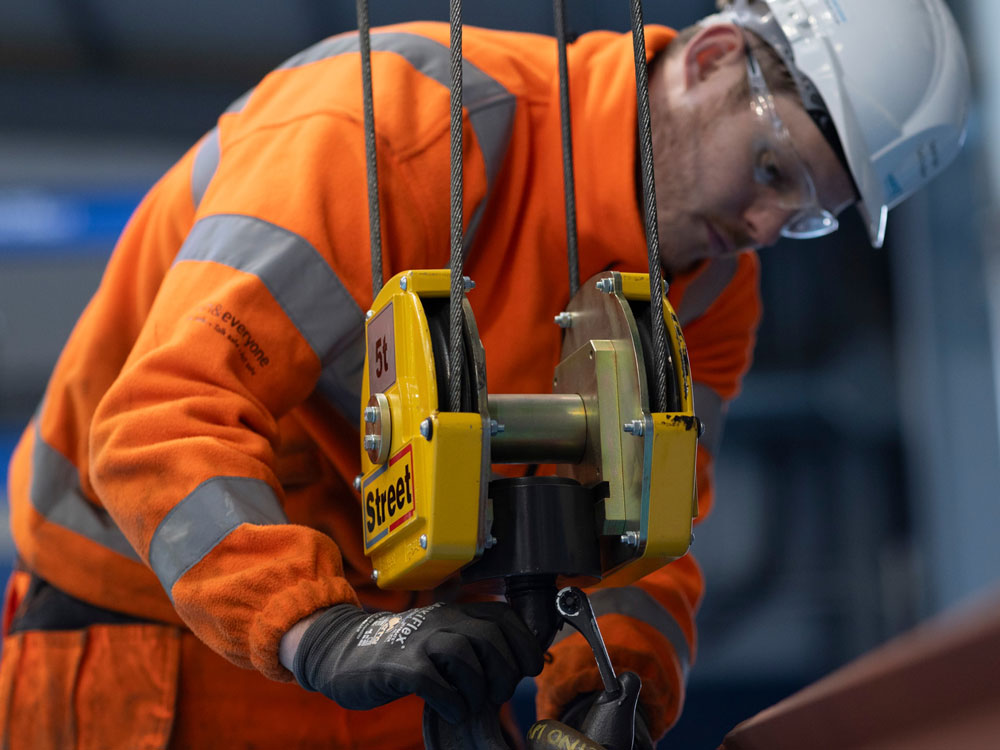Offshore wind faces a turbulent end to the year, with setbacks and negative news threatening the sector’s festive spirit. As reported by Reuters, Denmark’s largest North Sea wind power tender to date – launched in April this year, and covering three North Sea sites – received no bids, with the deadline having expired on 5 December. Much of the blame for this lack of interest has been put on price hikes, rising interest rates and supply chain bottlenecks.
Similar problems stalled US offshore turbine farm projects this year, capped off by the November election of Donald Trump, who has vowed to scrap offshore wind energy projects “on day one” of his new term as president. Whether or not this actually happens in January, having one of the world’s most vociferous opponents of renewable energy in the White House hasn’t filled offshore wind farm support providers with joy.
In the UK, meanwhile, inadequate port infrastructure and skills shortages have been cited as ongoing problems for this sector. However, a new report issued by ORE Catapult, the UK-based promoter of offshore renewable energy, suggests that the national offshore wind supply chain remains “upbeat” despite these testing times, and reveals optimism for future growth.
The Offshore Wind Supply Chain Confidence Survey (the third annual edition so far), conducted between September-November, drew on 156 companies within the offshore wind (30%), offshore oil & gas (30%), transport, construction, ports and chemical segments, with the highest number of respondents hailing from Scotland and North-East England. As the report highlights, 80% of respondents from the offshore renewables segment said they expected to increase their offshore wind workforce within the next one to three years, and 54% expressed “increased confidence” in the sector, compared to 48% in 2023.
ORE Catapult adds: “Among companies with a majority oil & gas focus, the picture is more mixed, with 73% saying their level of confidence was either higher or remained the same, compared to 81% in 2023.” Despite this, the report states, “respondents from oil & gas companies still remain optimistic about future growth in offshore wind up to 2030”.
Andy Macdonald, director of development and operations at ORE Catapult, comments: “There have,been well-publicised challenges in the sector in the last year, which are reflected in the results, but there clearly remains strong resilience within the supply chain. The fact that eight out of 10 offshore wind supply chain companies see their businesses growing over the next few years is something which many other sectors would love to see.”
However, Macdonald cautions: “There remains a lot to be done to deliver this growth.” Barriers include the lack of a skilled workforce, availability of funding and access to opportunities; for example, 46% of respondents claimed that skills shortages are having “a significant impact on their potential future growth”, the survey says.
The survey also cites the 2023 Offshore Wind Skills Intelligence Report, published by the Offshore Wind Industry Council (OWIC). This latter report advises that the industry must retain approximately 10,000 workers each year to keep the project pipeline active. To achieve this, ORE Catapult urges support for priority occupations, cluster-based partnerships, a focus on just transition and the cultivation of a diverse, inclusive sector. Placing 5% of employees on apprenticeships by 2030 would be a desirable target, the organisation says.
“This year’s supply chain confidence survey was the first since the publication of the UK’s Industrial Growth Plan [IGP] for offshore wind,” the survey adds. Of the IGP’s priority areas for future growth, nearly 60% of respondents identified next-generation installation and operations & maintenance as their top considerations. “This reflects important learning for policy-makers going forward,” the survey claims.




